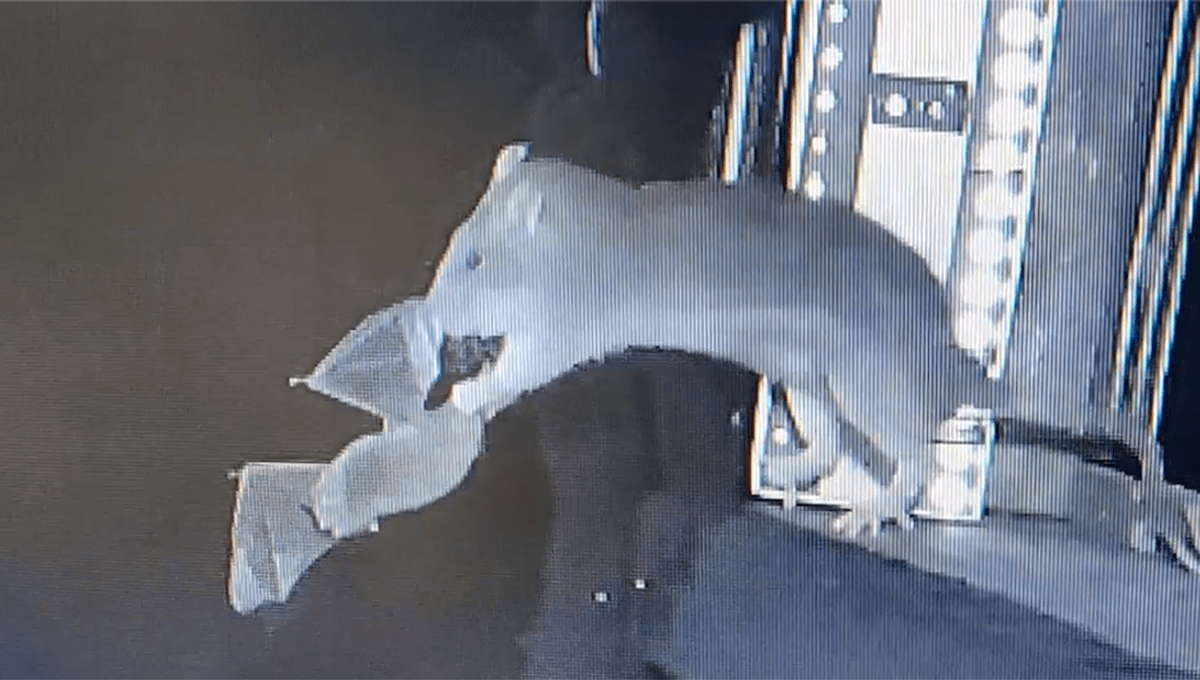Researchers have observed rats taking bats from the air for the first time. These adventurous hunters were recorded showing this behavior on a ledge outside a cave not far from Hamburg, snatching up their bat snacks at night. While an impressive skill, given that they are virtually blind in the darkness, the invasive rats could present a major problem for the native bat population.
The rest of this article is behind a paywall. Please sign in or subscribe to access the full content. Bats use what is called a hibernaculum, a shelter or cave that can house large numbers of the bats all together, to help them keep warm overnight. The researchers studied two such hibernacula, the Segeberger Kalkberg and Lüneburger Kalkberg. By using infrared cameras, the team could record exactly what was happening between the invasive rats and the bats trying to get in and out of the shelter. The cameras confirmed a total of 30 predation attempts and 13 accounts of brown rats (Rattus norvegicus) killing Myotis species bats at the Segeberger Kalkberg. The team suggests that two main hunting techniques were used by the rats: capture of resting bats and aerial hunting. “Rats were frequently observed patrolling the landing platform at the cave entrance. They were standing upright on their hind legs, using their tails for balance and raising their forelegs to intercept flying bats,” the authors explain in their paper. “Individuals were documented capturing bats mid-air, killing them immediately with a bite and dragging them away.” This is the first time this behavior has been documented. The behavior was recorded in almost total darkness, which means the rats were hunting almost blind; instead of vision, the team thinks they were relying on air currents felt through their whiskers or on tactile clues. At Lüneburger Kalkberg, no direct hunting events were seen, but thermal imaging cameras repeatedly saw rats around the entrance crevices, and bat carcasses were found in rock fissures nearby. Rats are one of the most widespread invasive animals across the globe. Various species are responsible for massive population declines in native creatures, especially on islands. Rats have also been extremely successful in urban areas where they proliferate due to the abundance of food and shelter. The videos confirm active hunting of bats by rats, and the evidence of carcasses at Lüneburger suggests that this is happening in more than one location. The team thinks that the rats could be taking enough bats to seriously harm population levels and that conservation measures should focus on protecting native species. Meanwhile, the rats might enjoy a nice glass of Sauvignon Blanc with their meal. The paper is published in Global Ecology and Conservation.






